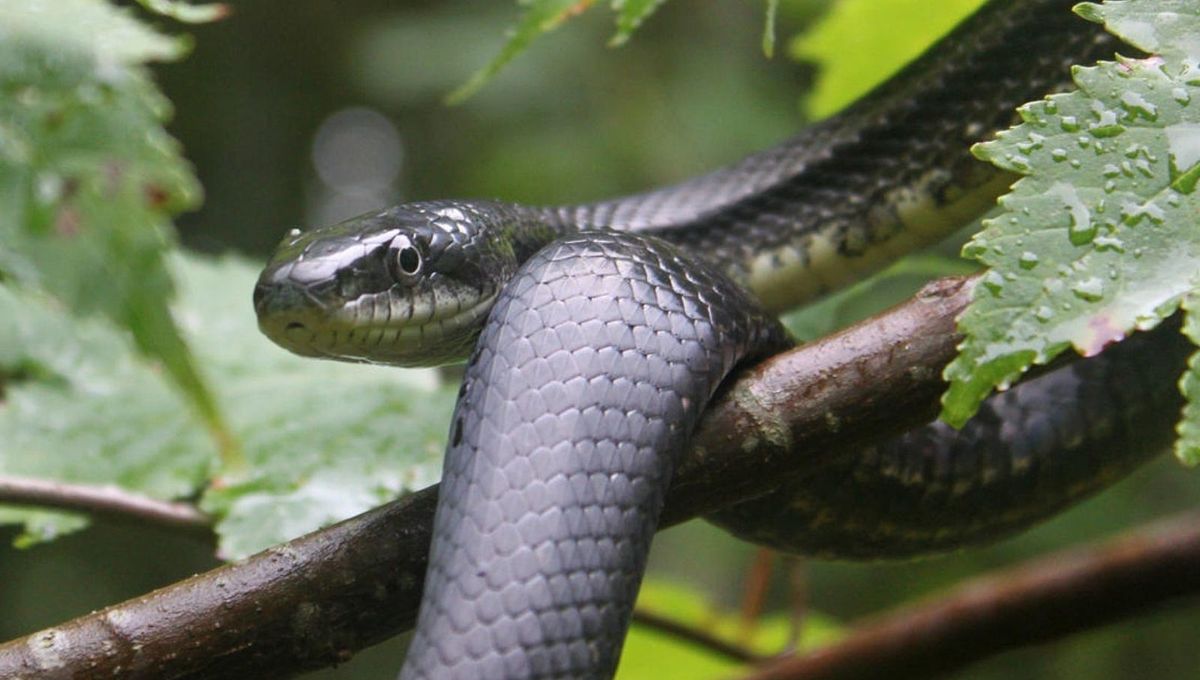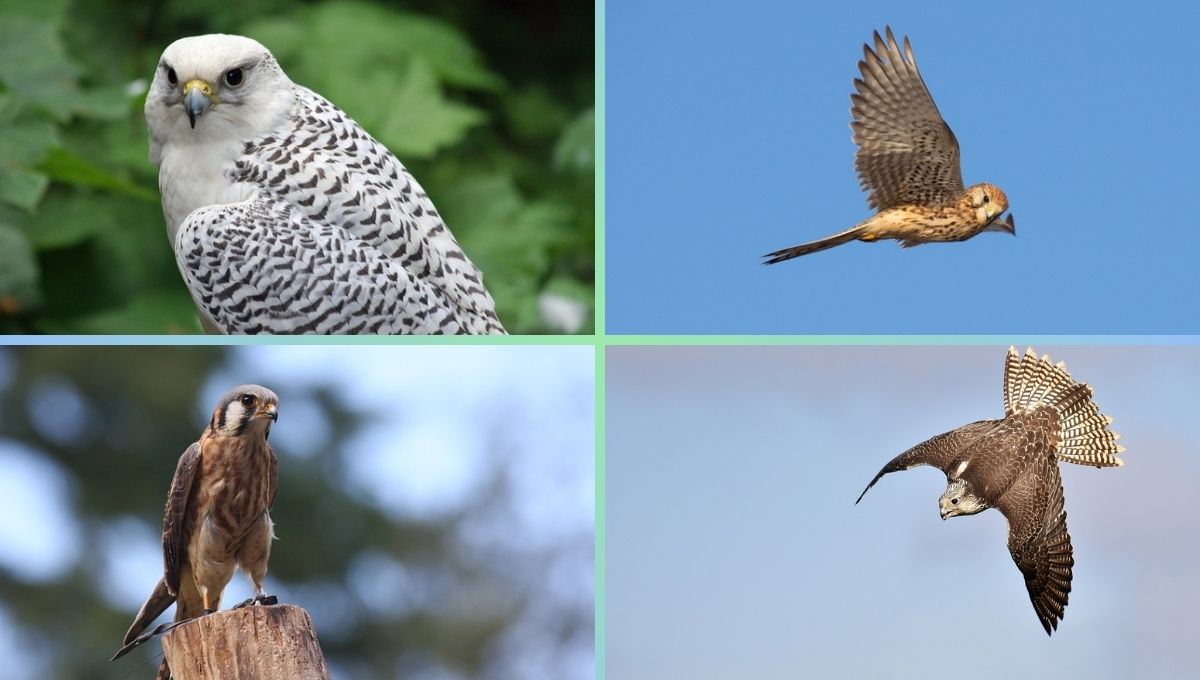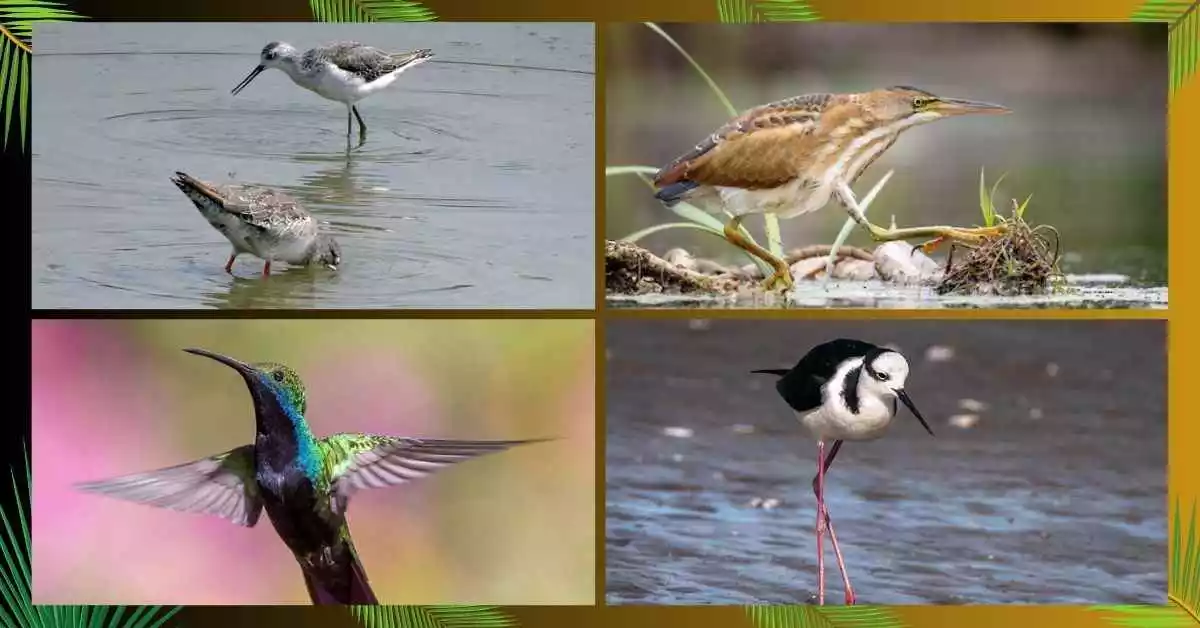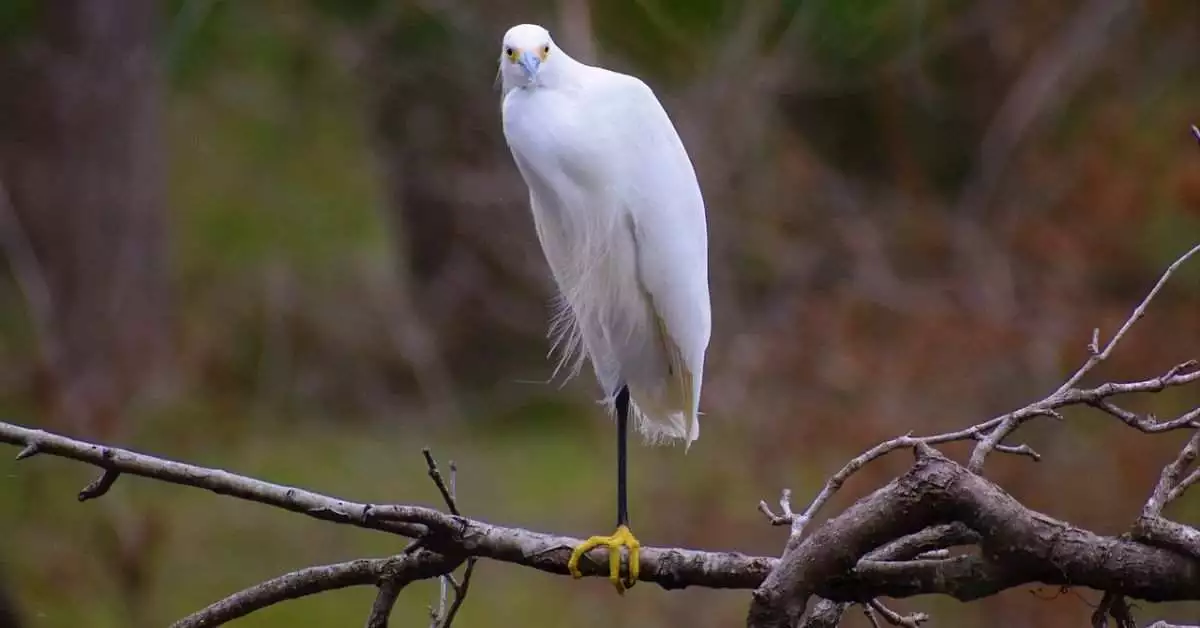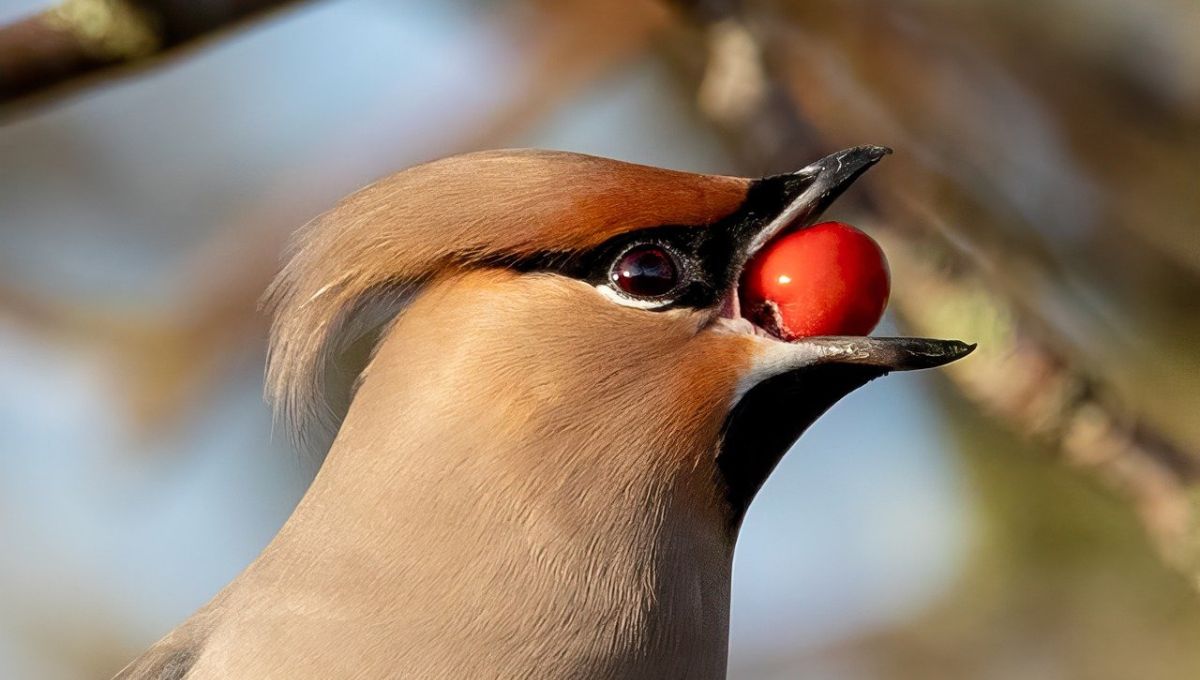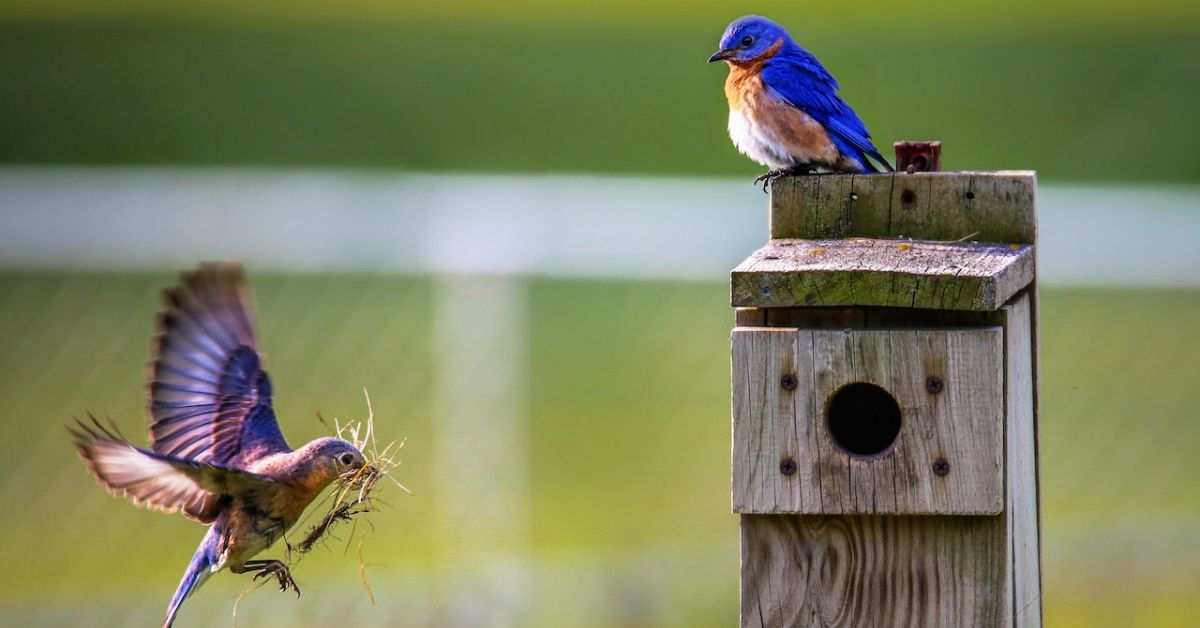Welcome to our blog article about the amazing snakes of Indiana. These snakes are found in a variety of landscapes and are of great interest to nature lovers.
We’ll explore their traits, where they live, and why they’re important to the environment. Enjoy this simple and easy-to-read guide to Indiana’s spectacular serpents!
Eastern ratsnake
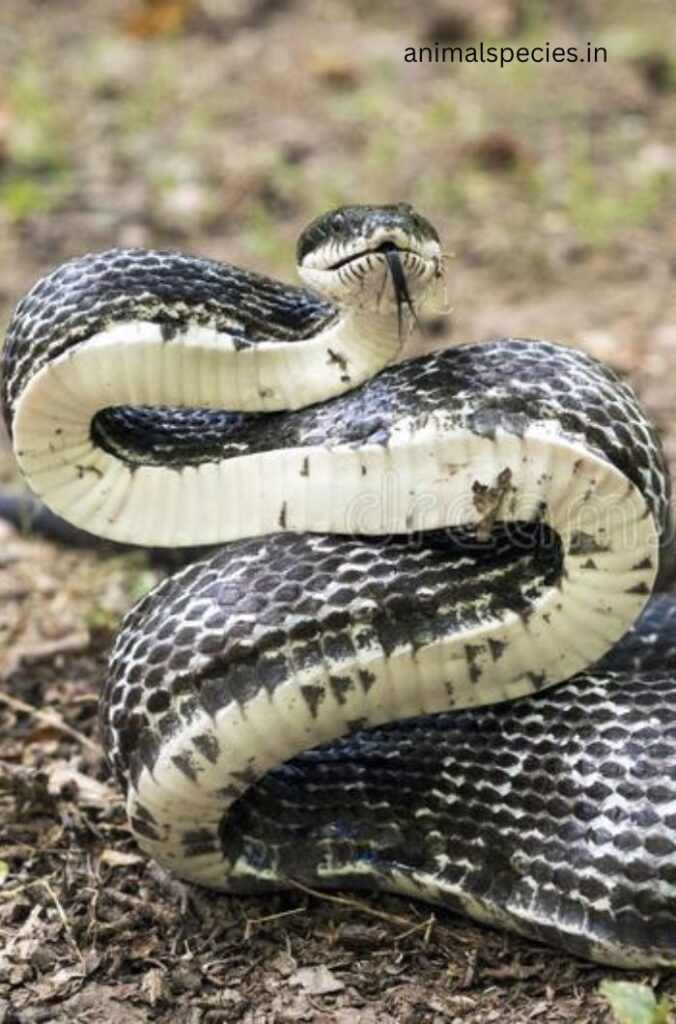
A non-venomous snake species called the Eastern ratsnake, commonly referred to as the black rat snake or Pantherophis alleghaniensis, can be found in eastern and central North America, including Indiana. One of the most prevalent snakes in the state is this one.
The Eastern ratsnake is a huge snake with an average length of 3 to 6 feet, though some can grow to be over 7 feet long. Its upper surface is lustrous black, and its bottom is either white or yellowish. Dark spots that appear on juveniles occasionally disappear as they get older. They are known to climb trees and even break into buildings in quest of prey. They are constrictors.
Eastern rat snakes can be found in Indiana’s forests, woodlands, and other types of environments.
Bullsnake
A non-venomous snake species found in Indiana is the bullsnake, commonly referred to as the eastern bullsnake. It is a big, strong snake that occasionally grows longer than 8 feet and normally measures 4 to 6 feet. Bullsnakes have a belly that is cream or yellow with a pattern of huge, dark blotches on a backdrop of light brown or yellow. They are mostly found in open spaces, prairies, and grasslands. Bullsnakes have a reputation for acting defensively by hissing loudly and shaking their tails. However, they do not hurt people and help to keep rodent numbers under control.
Timber rattlesnake
Indiana is home to the poisonous timber rattlesnake, which is mainly found in the southern regions of the state. It is the only rattlesnake native to Indiana that is poisonous. The average length of a timber rattlesnake ranges from three to five feet, though some can grow even longer. They feature a striking pattern of crossbands in dark brown or black on a backdrop of yellow or grey. When agitated, the rattle at the end of the rattlesnake’s tail emits a buzzing sound. In general, timber rattlesnakes are timid and avoid conflict with people. It’s crucial to give them plenty of room and give them time to flee if you come across them.
Copperhead
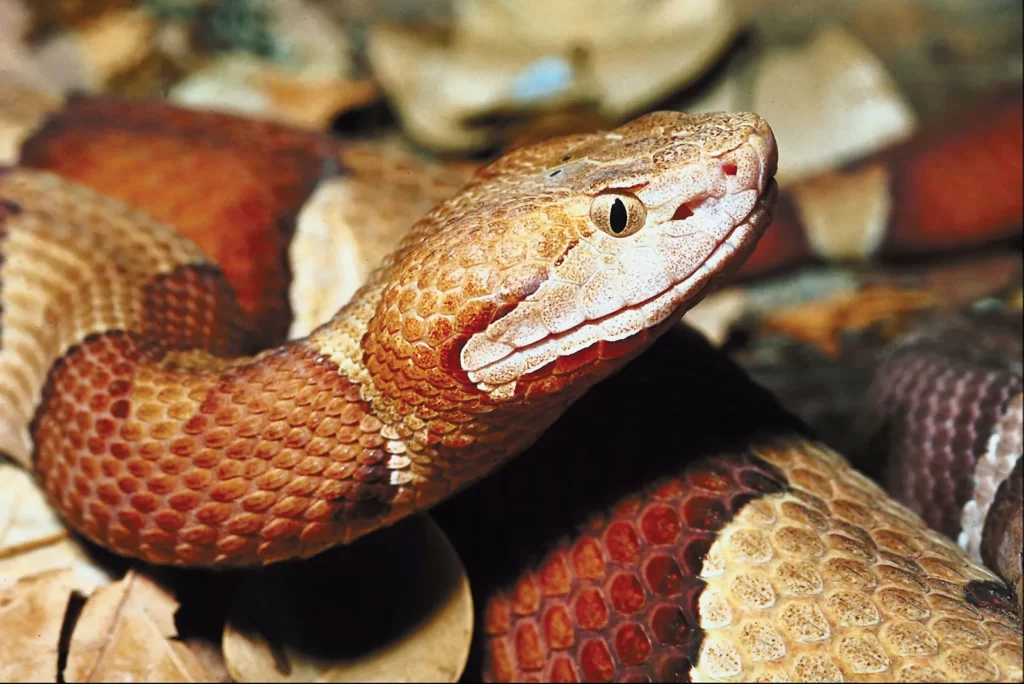
Another poisonous snake found in Indiana is the copperhead. It is a pit viper and gets its name from its recognisable copper-coloured head. Hourglass-shaped dark stripes in a light brown or greyish background make up the pattern on copperheads’ skin. They are normally between two and three feet long. Wooded areas, woods, and rocky hillsides are where you’ll typically find copperheads. To avoid any potential bites, copperheads should be avoided and left alone, just like other venomous snakes.
Eastern massasauga
The sole venomous rattlesnake in Indiana is the eastern massasauga, a pit viper. It is a small to medium-sized snake with a typical length of 2 to 3 feet. The back and sides of the eastern massasauga are mostly grey or light brown, with dark brown spots running down them. The tail of the animal also has a rattling. Marshes, swamps, and moist prairies are typical habitats for eastern massasaugas. They tend to be solitary and passive, but if threatened, they might bite. Given that they are protected in many places, it is crucial to observe them from a safe distance and to refrain from handling or upsetting them.
Queen snake
A non-venomous snake species called the queen snake can be found throughout eastern North America, including Indiana. It is a relatively little snake, usually reaching lengths of 1 to 2 feet. The thin, light brown or greyish body of the queen snake is covered in a row of dark spots or stripes that run down its back. Since they are mostly aquatic snakes, they are frequently seen close to rivers, streams, and other bodies of water. They mostly consume aquatic insects, particularly crayfish. The capacity of queen snakes to climb trees and bushes close to water is well recognised. They are typically calm snakes that will try to flee if they are encountered.
Dekay’s brown snake
A little non-venomous snake species known as the Dekay’s brown snake can be found throughout North America, including Indiana. One of the most prevalent snakes in the state is this one. The Dekay’s brown snake has a light stripe along the middle of its back and occasionally tiny dark markings on either side. It is typically brown or greyiur. They are little, often growing to a length of 9 to 15 inches. The damp environments of forests, gardens, and grasslands are where these snakes can be found most frequently. They mostly eat small invertebrates, like slugs and earthworms. Brown snakes from Dekay are often timid and non-venomous to people.
Common watersnake
The common watersnake is a non-venomous species of snake that can be found in a variety of aquatic environments, such as marshes, lakes, ponds, and rivers. With an adult length of 2 to 4 feet, it is a fairly large snake. The colour of common watersnakes can vary, although they frequently feature a pattern of dark bands or blotches against a lighter backdrop. They may be olive, reddish-brown, brown, or grey. Strong swimmers and common watersnakes are renowned for their combative behaviour when cornered or threatened. Although they are not poisonous, they can nonetheless bite you painfully. They assist in reducing aquatic rodent populations but are not thought to be harmful to people.
Plains ribbonsnake
A non-venomous snake species known as the plains ribbonsnake can be found throughout the United States, including Indiana. It is a slim snake with a usual length of between one and two feet. The base colour of plains ribbonsnakes is a light brown or greyish hue, while the stripes that run down their back are either dark brown or black. They are often found in prairies, moist meadows, and grasslands. Excellent swimmers, plains ribbonsnakes eat a range of small food, including amphibians, fish, and invertebrates. Generally speaking, they are non-aggressive and would rather flee than face danger.
Northern water snake
The non-venomous northern water snake inhabits a range of aquatic environments, including marshes, lakes, ponds, and rivers. With an adult length of 2 to 4 feet, it is a fairly large snake. The colouring of northern water snakes varies and can be any combination of brown, grey, reddish-brown, or black. On their body, they frequently feature dark bands or spots. Strong swimmers, northern water snakes are infamous for acting aggressively when provoked. To frighten off potential predators, they will bite and expel a foul-smelling musk. Despite not being poisonous, They do not have venom, but their bites can be uncomfortable. Northern water snakes regulate the populations of small mammals, fish, and amphibians, which helps them serve a significant ecological role.
Conclusion
In conclusion, Indiana has some really big snakes that are interesting to learn about. The Eastern ratsnake and Bullsnake are examples of these large snakes. They help control the number of mice and rats, which is good for the environment. Most of these big snakes are not dangerous to people. We should be careful and admire them from far away when we see them outside. By appreciating and protecting these snakes, we can help them and their homes. So, next time you’re in Indiana, keep an eye out for these awesome big snakes—they’re a special part of nature!
